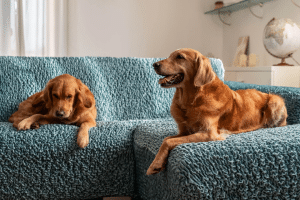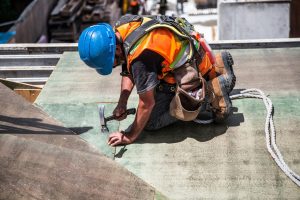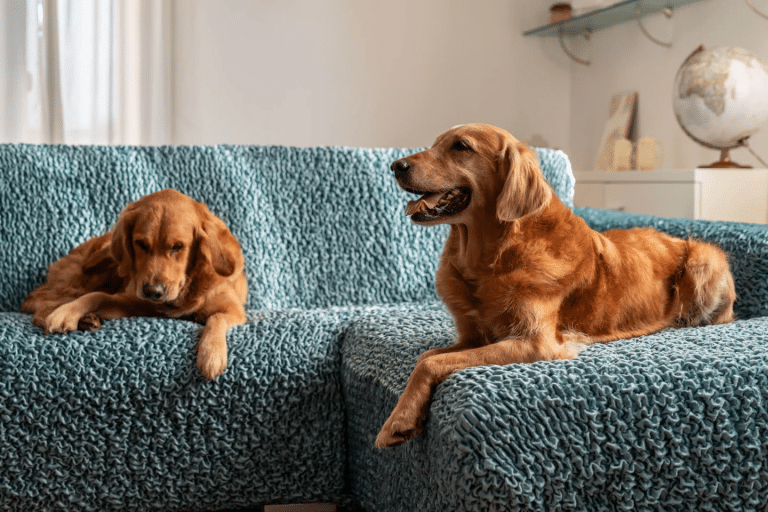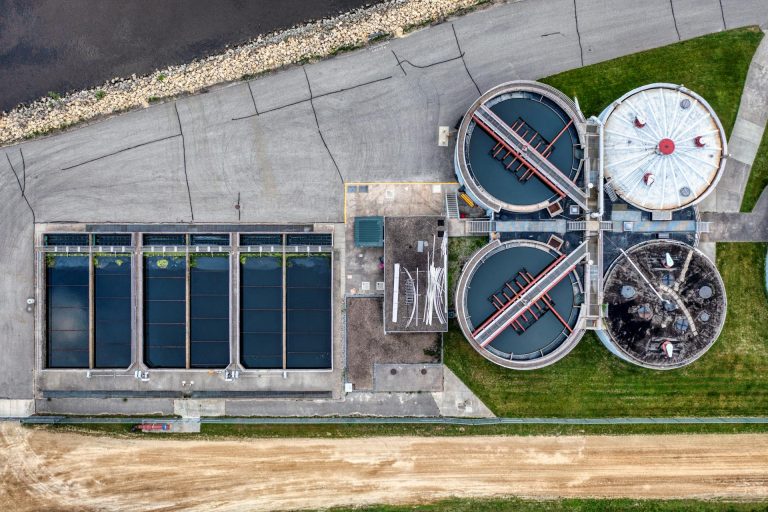Building a barn comes with its challenges. It’s hard to know where to start when space, layout, and animal health all demand attention. A poorly designed barn can lead to wasted time, added stress, and even health issues for your animals.
It doesn’t have to be this way. With the right design, you can create a space that works for your animals and makes your daily routine easier. A barn built with care improves animal health and helps you stay more productive, day after day.
The Importance of Barn Design for Animal Health
Barn design affects everything. From space to ventilation, it shapes the health and well-being of animals. When the barn isn’t designed with care, animals can become stressed and sick. This leads to wasted time and effort, as well as higher medical costs.
Animals need space to move, clean air to breathe, and a comfortable environment. Without these basics, health problems can quickly arise. Poorly designed barns make it harder to maintain hygiene, increasing the risk of respiratory issues and infections.
But take note that the right design isn’t enough for healthy animals. Pair it with proper nutrition and support to ensure their well-being. For example, silverliningherbs.com offers effective supplements that support weight gain and overall health, ensuring that animals stay strong.
The Importance of Barn Design for Animal Health
A barn isn’t just a place to house your animals. It’s where their health and productivity are shaped every day. Poor design leads to unnecessary challenges, from illness to discomfort, which ultimately costs you time and money. But with thoughtful planning, your barn can work as a tool for better animal care.
Site Selection and Layout
An elevated site helps prevent water from pooling, ensuring good drainage and keeping your barn dry. Proper drainage is critical for reducing mold, bacteria, and contaminants that could harm the animals’ health. The barn’s layout should make it easy for animals to move around, reducing stress and promoting better overall health. Optimizing the environment helps create a comfortable, efficient space.
The layout also allows for better workflow and easier maintenance. The barn should be designed with accessibility in mind, so you can easily care for the animals and clean the space. Keeping pathways clear and ensuring that stalls are placed in a way that allows for easy access and proper airflow will make a significant difference in both daily operations and animal health.
Ventilation for Clean Air and Comfort
Good ventilation is vital for maintaining a healthy barn environment. Proper airflow helps reduce humidity, prevent the buildup of harmful gases like ammonia, and keep the air fresh. Vents, windows, and fans should be strategically placed to encourage natural airflow throughout the barn. With adequate ventilation, the risk of respiratory problems in your animals decreases, allowing them to thrive in a cleaner, more comfortable environment.
Effective ventilation also helps control temperature and humidity levels, which are essential for animal comfort. During the warmer months, ventilation keeps the barn cooler, while in the winter, it helps reduce moisture buildup, preventing cold drafts. A barn that maintains a balanced climate will keep your animals healthier and more productive year-round.
Floor Design and Stall Layout for Hygiene
The layout of the barn floor and stalls is as important as ventilation. A proper floor slope encourages good drainage, preventing stagnant water and waste, such as horse manure, from accumulating. This reduces the risk of bacterial growth and keeps the barn cleaner. The floor should also be non-slip, so animals can move around safely without the risk of injury.
In addition to the floor, stall design plays a major role in hygiene. Stalls should be spacious enough for animals to rest comfortably, but not so large that waste becomes difficult to manage. A smart design allows for easy waste removal, making it easier to maintain cleanliness. Keeping the barn clean and dry is key to preventing illness and ensuring animal comfort.
Wrapping Up
Designing a clean, well-ventilated barn is an investment in your animals’ health and your own peace of mind. With the right space, airflow, and layout, you create an environment where animals can thrive, reducing stress and the risk of illness. The effort you put into thoughtful barn design pays off, creating a space that supports long-term productivity and the well-being of everyone involved.













